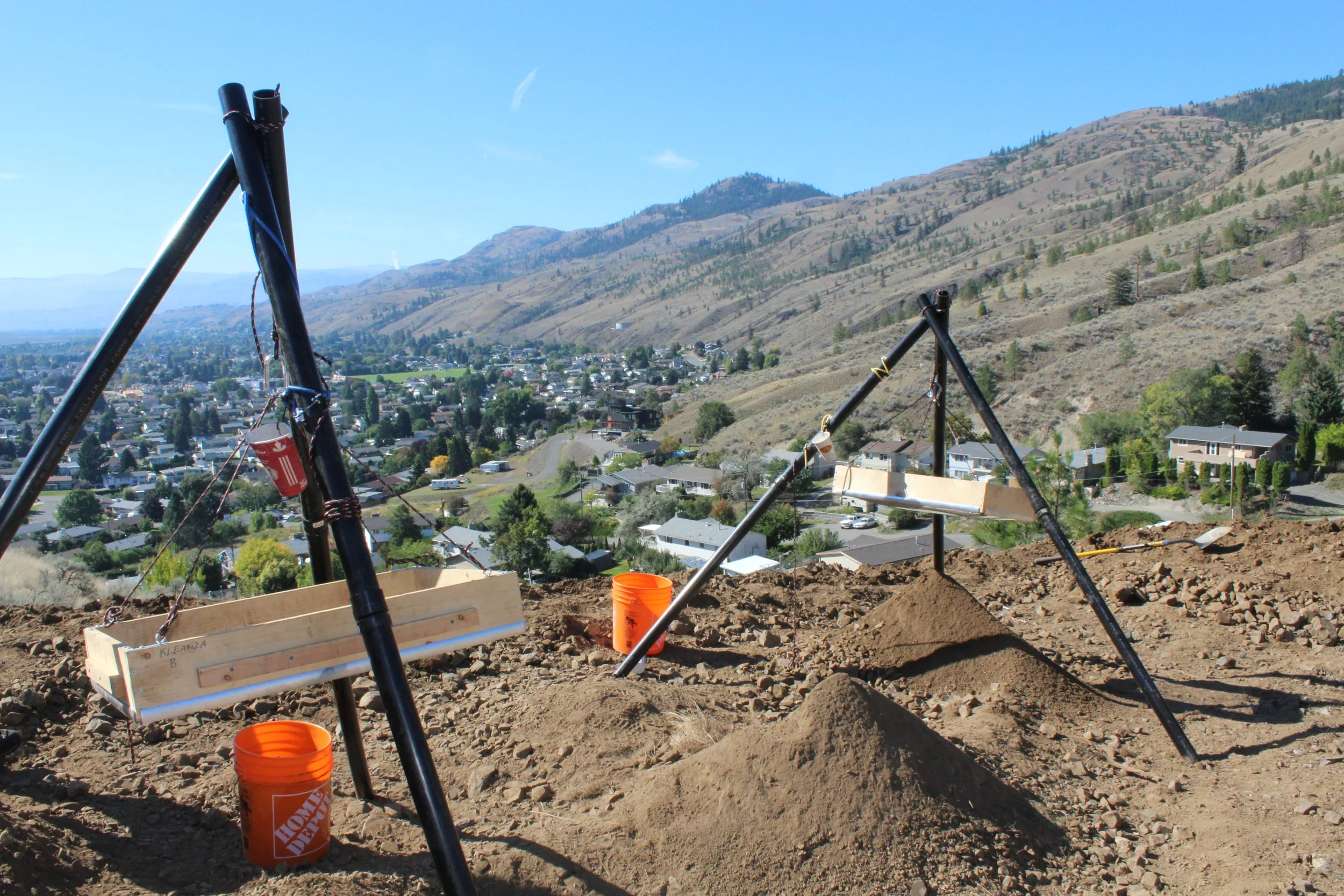How do you tell when an archeologist is making stuff up?
His lips are moving.
A couple of months ago, I was watching a show promoting the idea that an ice bridge route from Europe to eastern North America might have helped ancient Solutrian people migrate into North America.
It followed the typical science show format, first outlining the proposal with supporting information, then bringing in opposing opinions for balance.
I won’t go into the details of the show, or offer my thoughts on which side (if either) I believe.
Suffice to say that seldom have I been so annoyed with the presenters on all sides of a science show.
In science, the traditional evolution for theories and hypotheses tend to either begin with an observation followed by an attempt at explanation, or an idea, followed by attempts to collect data to test its validity.
Over time, in hard sciences, this has tended to lead toward ever more simple and elegant theories and models that help to effectively explain the world around us.
This same quest for elegance and simplicity has also been a hallmark of many earlier archeological theories and explanations.
Over and over, we find examples where an archeologist digs a site, then makes grand pronouncements about the people, their practices and patterns of living. Inevitably, as more work is done in other sites, more data is uncovered that raises the “but wait, what about this …?” question over and over again.
Take the question of how humans populated the Americas as presented in the TV show.
There are currently two major competing theories to explain how people first came to the Americas.
The first and most well known is the Ice Free Corridor theory that has held sway for much of the 20th century.
According to this theory, during, the last Ice Age, lowered sea levels created a land bridge across the Bering Strait from Siberia to Alaska.
This allowed Clovis people to enter the Americas through a gap in the ice along the eastern side of the Rocky Mountains.
Simple, straightforward, easily understood.
Unfortunately for the proponents of this Clovis First theory, inconvenient facts began to accumulate, no matter how much they tried to ignore them.
Ancient archeological sites in Chile have been found that confidently pre-date the Clovis sites initially associated with the Ice Free corridor theory.
This, along with refinements in the timing of the ice retreats, combined with ongoing studies of sea level variation over time along the coast of British Columbia, have resulted in the development of a Coastal Migration theory.
This theory suggests people could have followed the edge of the coast into ice-free parts of the Americas prior to the existence of the ice-free corridor. Though the cracks in the Clovis First theory had started to appear quite a long time ago, it was still taught in schools and presented in popular science televisions programs up until quite recently.
So, what is a non-archeologist to do when watching an archeology program on TV?
First, be suspicious of elegant and simple explanations.
This may work for astrophysicists and chemists, but unfortunately, humans tend to be distressingly messy and complex and almost always defy simple explanations.
Second, look for the “cover your backside” terms that prudent scientists use.
These are terms like “The data suggest that ...” and “Based on the evidence we think that ...” and “One of the possible explanations might be ...” This alerts the viewer that these are not cast-in-stone facts, but are theories, ideas or stories attempting to explain what might have happened.
Always be suspicious of the “archeology expert” trying to sell his or her pet idea without solid evidence to back it up.
Archeologists are in the business of making inferences of the past and not necessarily proving hard facts.
Clinton Coates is a Kamloops archeologist.

